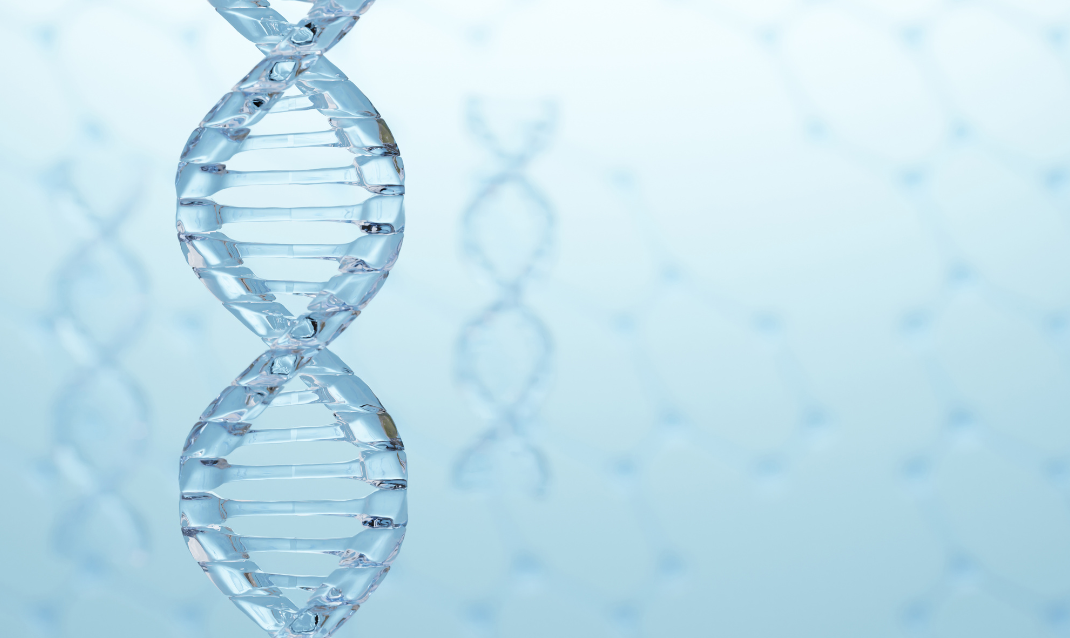Aggregated News

DNA is the molecule of life: this double-helix structure, present in every cell in the body and organized into fragments called genes, stores the instructions for making organisms function. It is a highly precise biological machine, but sometimes it breaks. This can happen spontaneously, due to failures in the cell’s own metabolism, or due to the influence of external agents, such as exposure to the sun, for example, or to other carcinogens like tobacco. When this essential molecule breaks, the cell must repair these breaks to survive, but sometimes, where there was damage, a kind of scar remains: genetic alterations with key information for science.
Felipe Cortés, a scientist at the Spanish National Cancer Research Centre (CNIO), explains that the cell is usually quite thorough when it comes to repairing DNA damage. Most of the time, it faithfully fixes the damage to this essential molecule, leaving no marks. However, when the repair mechanisms “make mistakes,” scars appear, a kind of mutational stitching that can reveal a lot of information about what happened there: they reveal, for example, what caused the...



